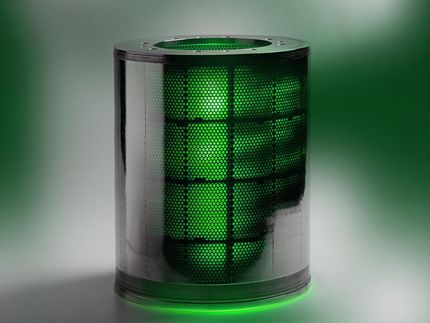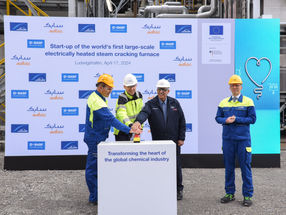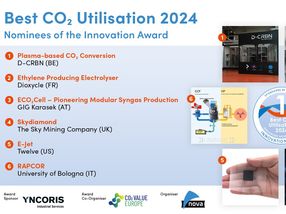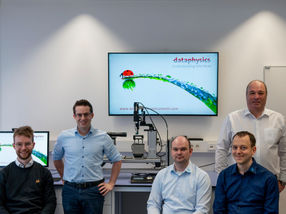Water and wastewater industry’s drive to optimise energy usage
Entering the smart water grid market will provide growth opportunities for smart pump manufacturers
The enhanced focus on optimising energy consumption and minimising pump lifecycle costs in the water and wastewater industry is boosting the adoption of smart pumps across Europe. Although smart pumps have a higher initial cost than standard pumps, they enable a reduction in the total cost of ownership by lowering maintenance and operation costs. Such cost benefits arising from greater process automation coupled with the increase in efficiency and quality are expected to be important pump selection factors in the European water and wastewater industry.
New analysis from Frost & Sullivan, European Smart Pumps Market for the Water and Wastewater Industry, finds that the market earned revenues of $192.4 million in 2013 and estimates this to reach $267.9 million in 2018. The research covers positive displacement and centrifugal smart pumps.
“Tight environmental regulations designed to reduce greenhouse gas and carbon emissions lend significant support to the smart pumps market,” said Frost & Sullivan Industrial Automation & Process Control Research Analyst Niranjan Paul. “This includes the Euro 2020 directive, which targets a 20 percent reduction in greenhouse gas emissions from the levels experienced in 1990, and the Ecodesign directive that sets rigorous ecological requirements for energy-related products sold across Europe.”
A key set-back, however, is the reluctance of maintenance personnel in water and wastewater treatment facilities, particularly in the municipal sector, to install smart pumps. This stems from the belief that these advanced pumps enhance the complexity of installation, operation and maintenance, thus increasing the risk of stoppages in water supply. Even end users, who are aware of the benefits provided by smart pumps in terms of energy efficiency and lifecycle costs, demand stringent tests for quality and reliability before installation.
To alleviate these fears, pump manufacturers should communicate the advantages of smart pumps by visiting their clients, conducting presentations and symposiums, and publishing articles. They must also employ highly-skilled technicians and focus on the water quality monitoring equipment segment to extend their market reach.
“Moving into the water quality monitoring equipment will help pump manufacturers expand their customer base and combat the intense pressure on profit margins realised by manufacturing and selling only commodities such as pumps and valves,” observed Paul. “The smart water grid market will gradually become more populated as the focus on integrating pumps with various control systems, such as supervisory control and data acquisition, increases.”
Market participants should ensure that their product portfolio contains equipment such as smart water meters, transmitters, valves, data loggers, and associated communication infrastructure. They must also invest in R&D and marketing initiatives to stay ahead of competitors in the European smart pumps market for the water and wastewater industry.
Most read news
Topics
Organizations
Other news from the department business & finance

Get the chemical industry in your inbox
From now on, don't miss a thing: Our newsletter for the chemical industry, analytics, lab technology and process engineering brings you up to date every Tuesday and Thursday. The latest industry news, product highlights and innovations - compact and easy to understand in your inbox. Researched by us so you don't have to.


























































